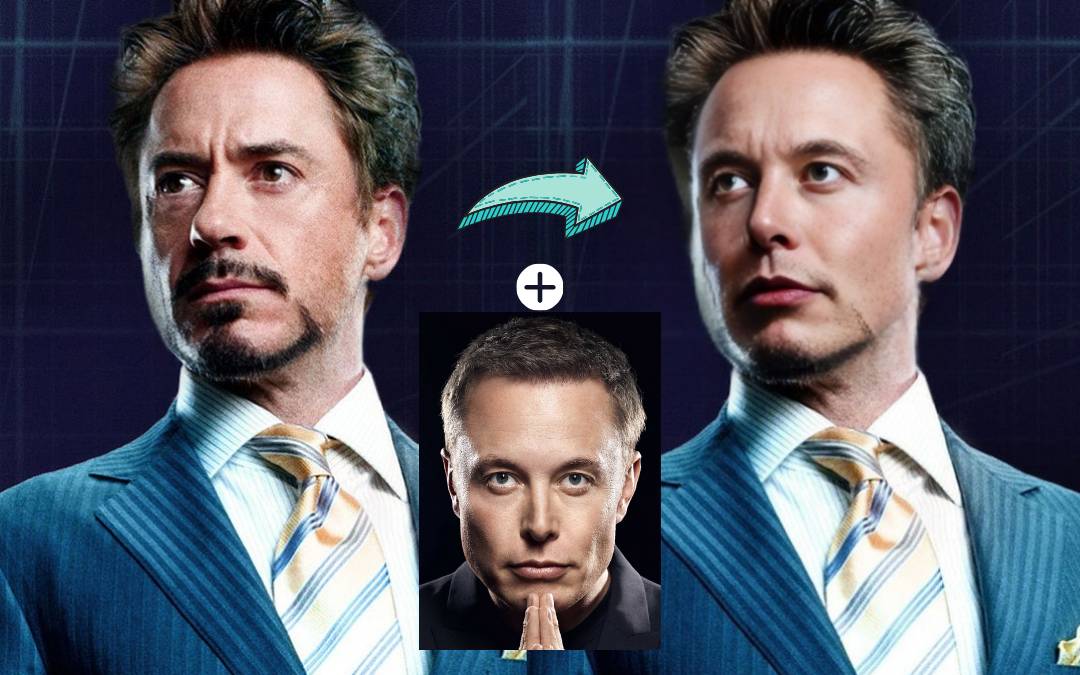The Evolution of Face Swap and Its Rising Popularity
The Evolution of Face Swap and Its Rising Popularity
Blog Article
How Face Swap Technology is Transforming Photo Editing
AI experience trade engineering has surfaced as a innovative software in the activity business and beyond, revolutionizing how exactly we build and consume visible content. Powered by serious understanding algorithms, this engineering can easily replace one face with another in videos and pictures, paving the way in which for creative possibilities, ethical discussions, and progressive applications. In this part, we shall explore into the different facets of face swap engineering and explore their impact on society.

Effect on activity industry
AI experience trade engineering has disrupted the original ways of visual outcomes in the entertainment industry. With the ability to replace an actor's face with another seamlessly, filmmakers is now able to create complicated views and never having to invest hours on monotonous makeup or employing expensive human anatomy doubles. This has exposed a full world of innovative possibilities and has helped carry heroes alive like never before. From digitally de-aging personalities to making completely new heroes, AI face swap engineering has paved the way for groundbreaking storytelling.
A Worldwide Sensation in Leisure
Within entertainment, AI experience exchange engineering has turned into a key driver of creative storytelling and market engagement. Filmmakers use it to digitally repeat actors in de-aged, old, or entirely new avatars. A significant case could be the de-aging of Robert P Niro in The Irishman or getting deceased stars right back on monitor, such as for instance Carrie Fisher in Rogue One. AI face changing preserves time and somewhat reduces creation prices compared to standard CGI practices, which makes it a go-to alternative for high-budget and separate designers alike.
Moreover, tools like TikTok and Instagram have increased the technology's accessibility. Tens of thousands of designers use apps like Reface or DeepFaceLab to superimpose people, imitate a-listers, or develop highly relatable comedic skits. This broader convenience has allowed thousands of individuals to experiment with AI-generated material, creating face-swapping a cultural trend.
Transformative Applications Beyond Leisure
While entertainment has been the absolute most obvious beneficiary of AI experience sharing, its potential extends into different industries, including advertising, training, and healthcare.
• Advertising
Brands are using AI face trade computer to customize ads on a whole new level. Consumers can see their particular encounters on a model wearing a certain ensemble, producing a highly customized looking experience. That generates deeper psychological associations and raises conversion rates.
• Training and Teaching
AI face sharing allows practical simulations for education purposes. For instance, medical professionals may explore individual cases using virtual faces designed for diverse cases, improving real-world readiness. Likewise, in language understanding, students can immerse themselves by digitally replacing people in ethnic videos or skits.
• Healthcare Innovations
AI is utilized in reconstructive operations where face mapping supports planning procedures. It can also support treatment in assisting individuals overcome skin scarring or stress by visualizing potential improvements.

Ethical Issues and the Way Ahead
Despite its benefits, AI face change has started moral problems, specially about misuse in producing non-consensual deepfake videos. The distribute of misinformation and privacy violations underscore the requirement for stringent rules and responsible usage. Stakeholders are actively building tools to recognize deepfakes, ensuring AI's benefits outweigh its risks.
AI experience exchange engineering continues to evolve, carving their place in industries properly beyond entertainment. While the options are fascinating, its ethical implications need collective accountability to maximise their potential without producing harm. Report this page